
Author Mads Timmermann
Mads has 14+ years of experience as a skin expert and has written/read this article.
Acne can be a frustrating skin condition that affects many people at different stages in their lives. One popular natural remedy that has gained attention for its potential acne-fighting properties is tea tree oil. Derived from the Melaleuca alternifolia plant native to Australia, tea tree oil has been used for various purposes throughout history, and its antimicrobial properties make it particularly suitable for addressing acne-related issues.
Understanding the root causes of acne is crucial to determining the best treatment methods. Acne occurs when hair follicles become clogged with oil and dead skin cells, which can lead to inflammation, redness, and the development of pimples, blackheads, or whiteheads. Tea tree oil's naturally occurring properties make it an excellent option for those looking for a gentle yet effective acne treatment.
Key Takeaways
- Tea tree oil is a popular natural remedy for acne due to its antimicrobial properties
- Acne occurs when hair follicles become clogged with oil and dead skin cells, leading to inflammation and blemishes
- Utilizing tea tree oil for acne treatment should be done with care and understanding of its benefits and risks
Understanding Acne and Its Causes
Acne is a common skin condition that affects many people at some point in their lives. We can better understand how to use tea tree oil for acne by first comprehending the factors that cause acne.
The primary cause of acne is the overproduction of oil (sebum) in our skin. This excess oil, combined with dead skin cells, can clog hair follicles and create an ideal environment for bacteria to thrive. Cutibacterium acnes (C. acnes) is a bacterium often associated with acne breakouts. Its overgrowth can lead to inflammation, resulting in red, swollen, and painful pimples.
Various factors can contribute to acne development, including:
- Hormonal fluctuations: Hormones play a significant role in skin health, and hormonal imbalances can trigger sebum overproduction. These imbalances can occur during puberty, menstrual cycles, or with conditions like polycystic ovary syndrome (PCOS).
- Genetics: Some people are more predisposed to acne due to hereditary factors.
- Stress: High stress levels can negatively impact our skin and trigger acne breakouts.
- Medications: Certain medications, such as oral contraceptives or corticosteroids, can cause acne as a side effect.
- Diet: Although there's no definitive link between specific foods and acne, research suggests that a diet high in sugar and refined carbohydrates can contribute to acne development.
With a better understanding of acne causes, we can now discuss how tea tree oil can be used to help manage and prevent acne breakouts. Tea tree oil's antibacterial and anti-inflammatory properties make it an excellent option for addressing the aforementioned factors that contribute to this common skin condition.
Properties of Tea Tree Oil
Tea tree oil has gained popularity in the treatment of acne due to its natural properties. In this section, we will discuss its antimicrobial, anti-inflammatory, and skin healing properties.
Antimicrobial
Tea tree oil possesses powerful antimicrobial properties that can help combat the bacteria responsible for acne breakouts. The primary active component in tea tree oil is terpinen-4-ol, which has been shown to demonstrate strong activity against various bacteria, fungi, and viruses. This makes it very effective in targeting the bacteria that contribute to the development of acne.
Anti-Inflammatory
In addition to its antimicrobial properties, tea tree oil also exhibits anti-inflammatory effects. Inflammation is a common characteristic of acne breakouts, as the body tries to defend itself against bacteria and heal the skin. The anti-inflammatory action of tea tree oil can help to reduce redness, swelling, and pain associated with inflamed acne lesions. This makes it a useful ingredient in soothing and calming the skin during breakouts.
Promoting Skin Healing
Tea tree oil is known to promote skin healing, making it an excellent choice for treating acne. Along with its antimicrobial and anti-inflammatory actions, tea tree oil helps to improve the overall skin condition. It contributes to a healthier skin barrier, encourages cell regeneration, and improves the overall texture of the skin. These factors combined make tea tree oil a valuable addition to acne treatment routines.
In summary, tea tree oil's antimicrobial, anti-inflammatory, and skin healing properties make it an effective natural remedy for reducing and treating acne symptoms. It's important to remember, though, that tea tree oil should be used with caution and properly diluted before applying it to the skin.
How To Use Tea Tree Oil For Acne
Direct Application
Tea tree oil can be applied directly to acne-prone areas to help reduce inflammation and kill bacteria. Before using it undiluted, perform a patch test on a small area of skin to ensure there's no adverse reaction. To do this, simply apply a small drop of tea tree oil to a discrete area, like the inside of your elbow, and wait 24 hours to see if any redness or irritation occurs. If not, proceed with the direct application of tea tree oil to acne blemishes using a cotton swab or clean fingers.
Dilution With Carrier Oil
If direct application proves too harsh for your skin, you can always dilute tea tree oil with a carrier oil such as coconut oil, jojoba oil, or olive oil. A typical dilution may include mixing 2-3 drops of tea tree oil with about a teaspoon of carrier oil. To ensure even distribution, mix the diluted solution thoroughly before applying it to acne-prone areas using a cotton swab or clean fingers.
Acne Spot Treatment
Tea tree oil can also be utilized as an acne spot treatment. For this method, create a diluted tea tree oil solution in a similar manner as mentioned earlier, and apply it only to affected acne spots. This is a particularly effective method if you have occasional breakouts and don't want to use tea tree oil on your entire face. The Danish Skincare Kit is a helpful option to include tea tree oil within your dedicated acne routine.
Adding to Skin Care Products
Lastly, an easy way to incorporate tea tree oil into your daily skincare routine is by adding a few drops to your existing acne-fighting products, such as cleansers, toners, and moisturizers. This allows you to harness the benefits of tea tree oil while maintaining the use of your preferred skincare routine.
Using tea tree oil for acne can be a simple and effective way to combat breakouts, inflammation, and bacteria. Experiment with these strategies to find the method that works best for your skin type and acne severity.
Benefits and Risks of Tea Tree Oil for Acne
Benefits
Tea tree oil is known for its antimicrobial and anti-inflammatory properties, which can make it a useful treatment for acne. In a comparative study, tea tree oil and benzoyl peroxide were found to be effective in treating acne, but tea tree oil had fewer side effects. Patients using tea tree oil have experienced improvements with their acne without reporting significant side effects according to a study.
Another review highlighted the properties of tea tree oil that make it a suitable ingredient for acne treatment. Additionally, a topical gel containing tea tree oil nanoemulsion and adapalene was found to be more effective than the marketed adapalene gel alone in treating acne vulgaris, without significant changes in side effects.
Potential Risks
While tea tree oil has been found to be effective, it does come with some risks. Some individuals might experience an allergic reaction, such as contact dermatitis, when applying tea tree oil directly to the skin. This may result in redness, itchiness, and irritation at the site of application.
It is essential to perform a patch test before using tea tree oil. To do this, apply a small amount of diluted tea tree oil to a discrete area of skin and wait 24 hours to check for any adverse reactions.
Note: Tea tree oil should always be diluted before applying it to the skin to reduce the risk of skin irritation or allergic reactions.
Understanding Side Effects
Tea tree oil is generally well-tolerated, but some individuals might still experience side effects. Possible side effects include skin dryness, stinging, burning, and scaling. To minimize these potential side effects, it's essential to dilute the tea tree oil and consider using a moisturizer along with it.
In conclusion, when using tea tree oil for acne treatment, it's crucial to be aware of the potential benefits and risks. Always test the product on a small area before applying it to affected areas and monitor any side effects.

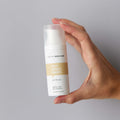
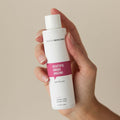
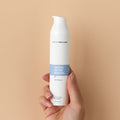
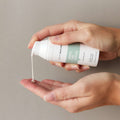

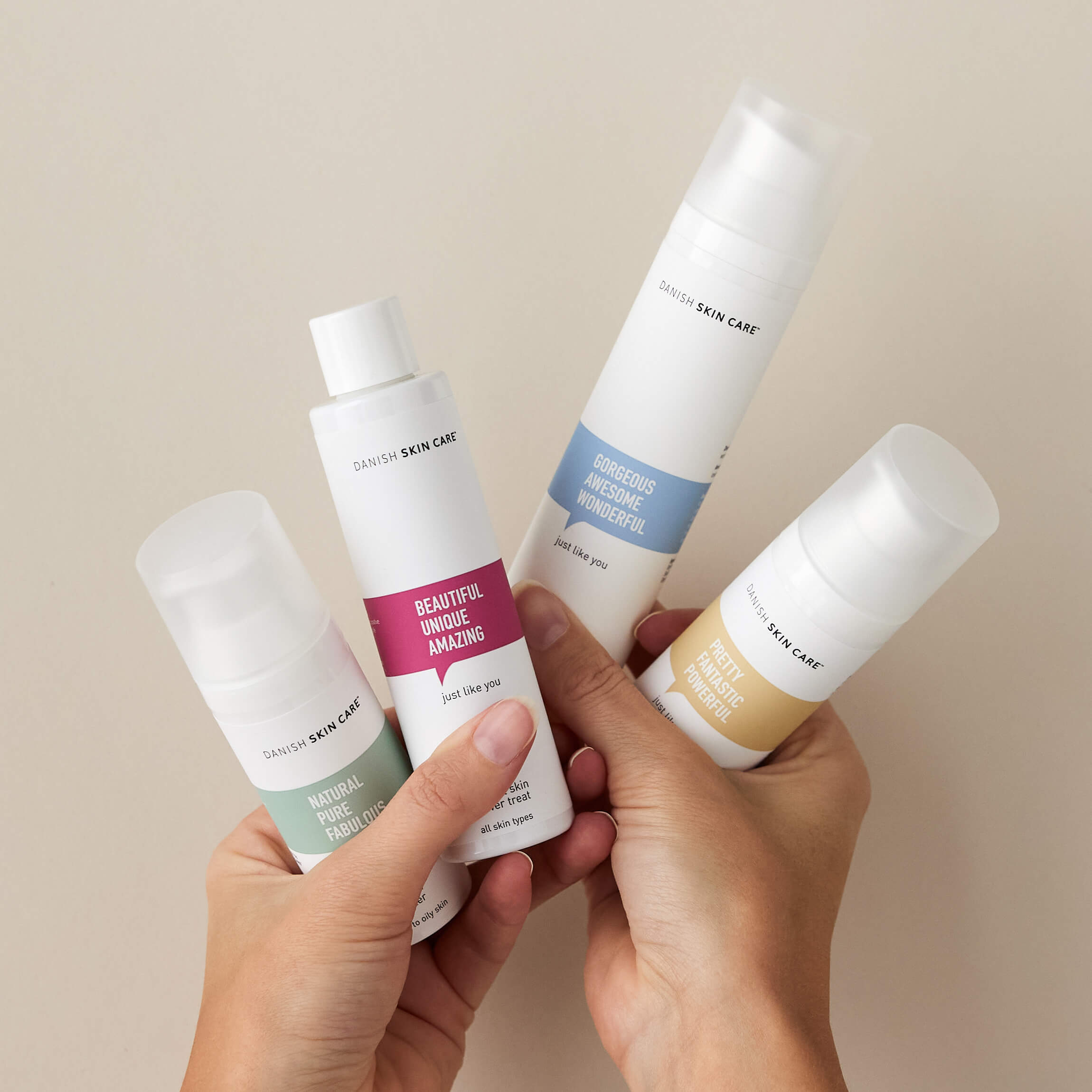
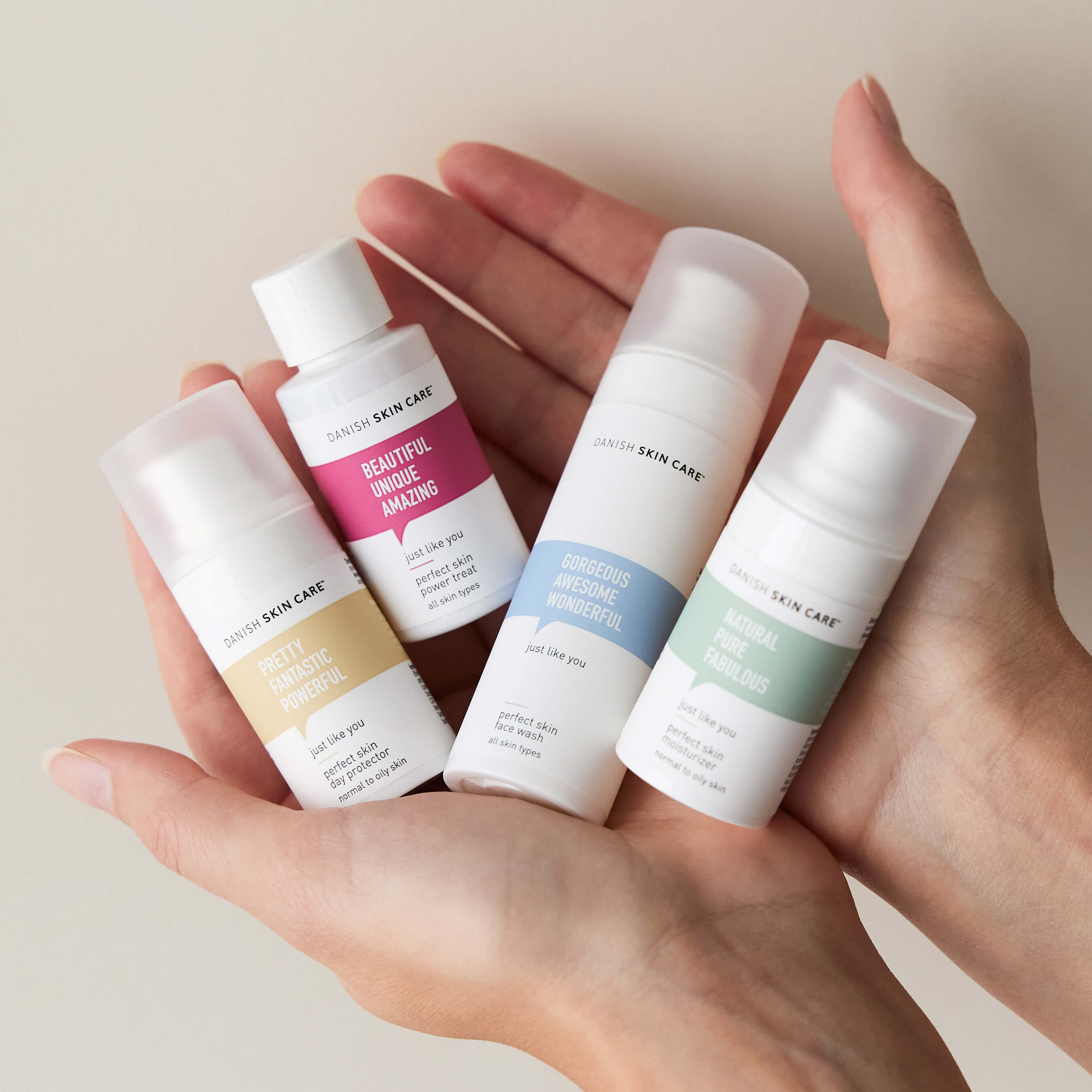

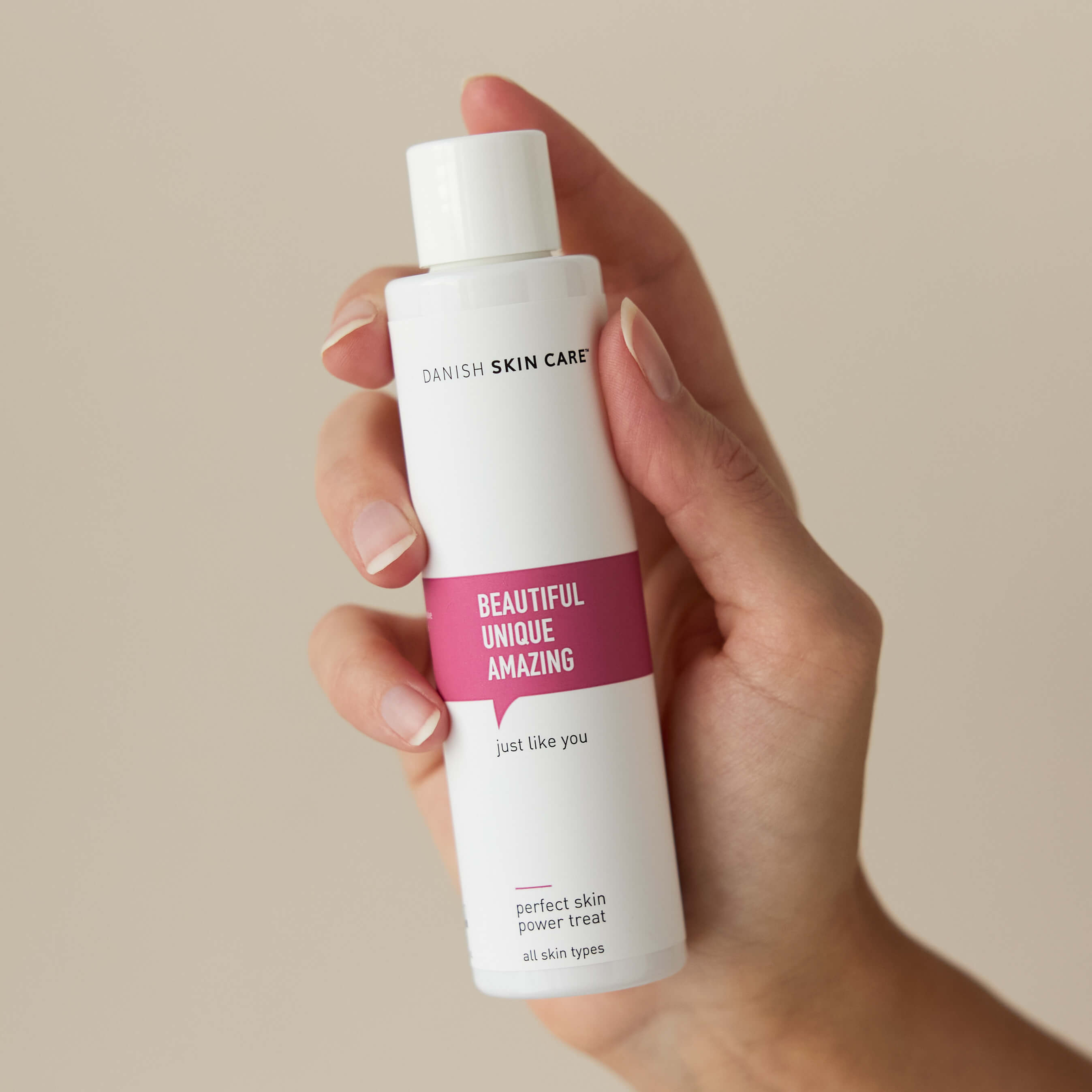


Leave a comment